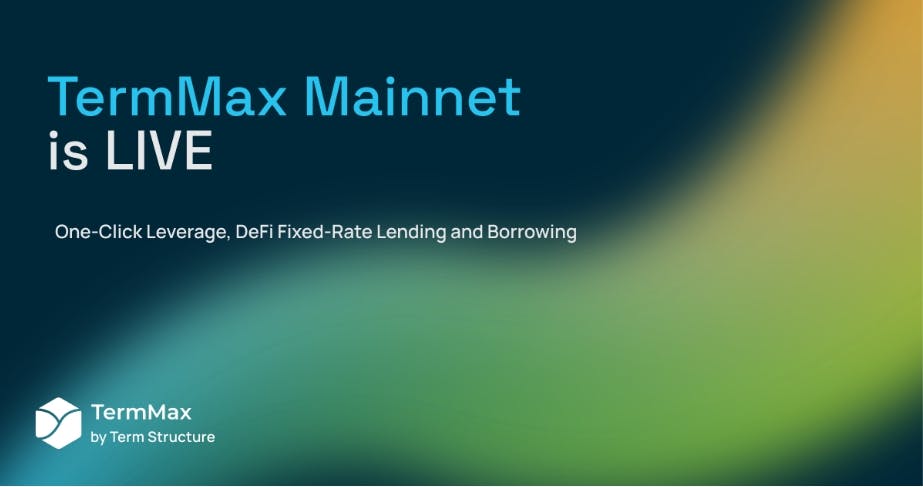This morning, I visited the Immigration Department to collect my passport. According to their standard processing timeframe, new applications should be completed within one week. Instead, I discovered my application was on hold, not due to any complex issue, but because I was requested by an immigration officer to sent requested information to her personal gmail address, but she was absent from work today.
More concerning was when I was told to resend my documents to “[email protected]” a Gmail address being used as the official email address for the entire Immigration Department. This vital government department doesn’t even have a professional government email domain. Even worse, at the time of writing this blog, I still have not received any feedback regarding my document submission. I have no idea if my documents were received or are being processed. Somehow, ordinary citizens are left completely in the dark with no feedback whatsoever. This represents an extremely poor level of service to citizens who pay the taxes that fund civil servants’ paychecks.
This experience inspired me to write this blog addressing the fundamental ICT challenges facing our government and proposing straightforward solutions that could dramatically improve services for all Tongan tax paying citizens.
The Current State of ICT in Tonga’s Government
The Kingdom of Tonga’s government information and communication technology (ICT) infrastructure is fundamentally broken and disconnected. Despite various attempts at establishing e-Governance initiatives with donor funding, most efforts have failed to deliver cohesive, sustainable results.
These failures manifest in several ways:
- Fragmented web presence: Government ministries operate independent websites with inconsistent designs, user experiences, and functionality.
- Security vulnerabilities: Most government websites lack basic security measures like SSL certificates, leaving citizen data vulnerable.
- Domain inconsistency: Rather than using a unified government domain structure, departments often use commercial email providers for official communications.
- Failed initiatives: Previous ICT projects have become fragmented, with little coordination between ministries.
- Poor service delivery: The lack of integrated digital systems directly impacts citizens, causing delays in essential services.
You don’t need to be a rocket scientist to diagnose these problems or develop solutions. However, the persistent issues suggest potential competency challenges within the government’s ICT leadership.
The Solution: A Standardized Domain Structure and Digital Infrastructure
Fixing Tonga’s government web presence doesn’t require complex technology or massive budgets. It begins with implementing basic standards that governments worldwide have adopted:
1. Unified Domain Structure Examples
The Tongan government should establish a standardized domain structure using “gov.to” as the primary domain, with consistent subdomains for each ministry:
- Ministry of Foreign Affairs: mfa.gov.to
- Prime Minister’s Office: pmo.gov.to
- Ministry of Finance: mof.gov.to
- Ministry of Public Enterprises: mpe.gov.to
- Ministry of Education: moe.gov.to
- Ministry of Health: moh.gov.to
- Ministry of Justice: moj.gov.to
- Ministry of Lands: mol.gov.to
- Ministry of Tourism: mot.gov.to
- Ministry of Infrastructure: moi.gov.to
- etc.
This approach creates a professional, cohesive digital identity for the government while making it easier for citizens to find and trust official websites and communications.
2. Implement Basic Security Standards
All government websites should implement SSL certificates (HTTPS), which are now standard practice and often free to implement. This basic security measure protects data in transit and establishes trust with users.
3. Standardized Email Addresses
All government officials should use email addresses on their respective ministry domains (e.g., [email protected]) rather than personal accounts on commercial providers. This maintains professionalism and data sovereignty.
4. Centralized ICT Governance
Establish a central ICT authority with the mandate to enforce standards across all ministries, providing technical support and ensuring consistency.
Process Map for Implementation
The following process map outlines the key steps needed to standardize Tonga’s government ICT infrastructure:
Implementation Roadmap
To turn this vision into reality, here’s a proposed timeline for implementing the standardized ICT infrastructure:
Benefits of Implementation
Implementing these recommendations would deliver numerous benefits:
- Improved citizen trust: Professional, secure websites increase public confidence in government services.
- Enhanced security: SSL certificates and standardized infrastructure reduce vulnerability to cyber threats.
- Better service delivery: Standardized contact points reduce confusion and improve efficiency.
- Cost savings: A unified approach reduces redundancy and makes maintenance more efficient.
- Preparation for e-government: These basic steps lay the foundation for more advanced digital services.
Conclusion
My frustrating experience at the Immigration Department this morning is just one symptom of a larger problem affecting government services across Tonga. The good news is that solutions are readily available and well established.
By implementing basic standards for domain structure, security, and email communications, the Tongan government can significantly improve service delivery and prepare for more advanced digital transformation. These changes don’t require massive budgets or cutting edge technology, just proper planning, leadership, and implementation of widely used standards.
As tax paying citizens, we deserve a government that embraces these basic digital standards. The recommendations outlined above represent not just best practices but minimum requirements for a modern public administration in the digital age.
I hope this blog inspires action and contributes to a better digital future for Tonga’s government and the citizens it serves.













